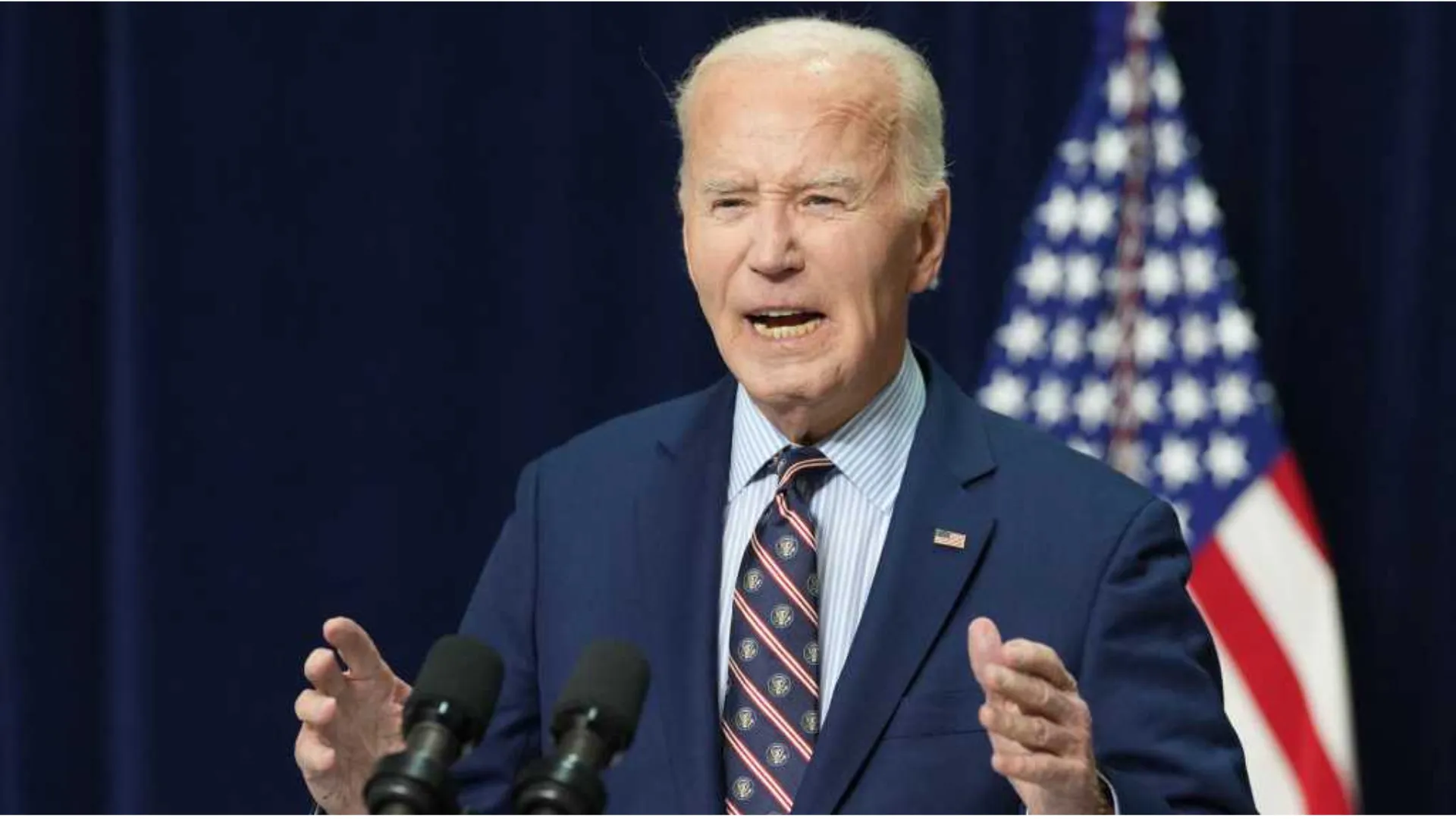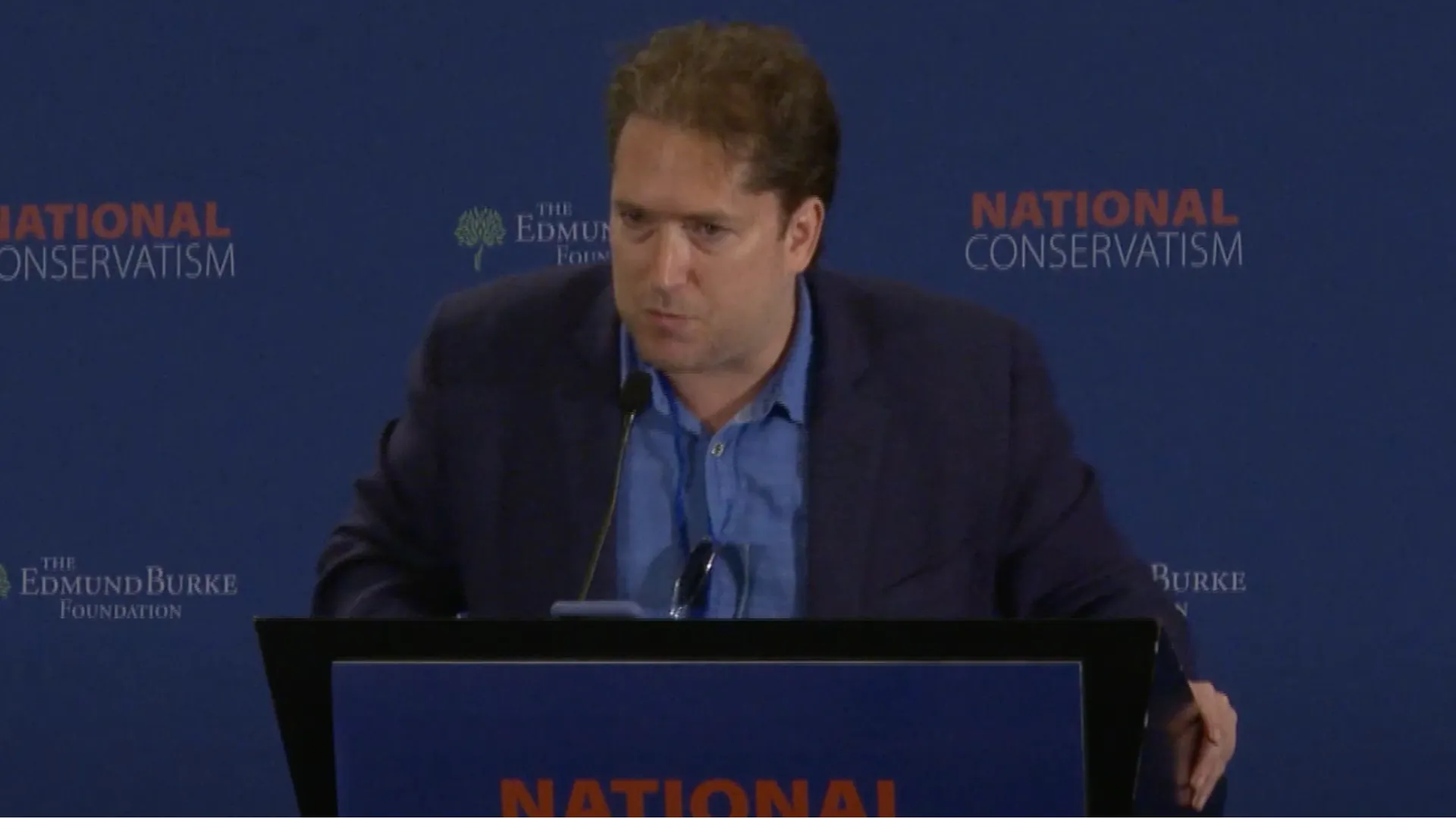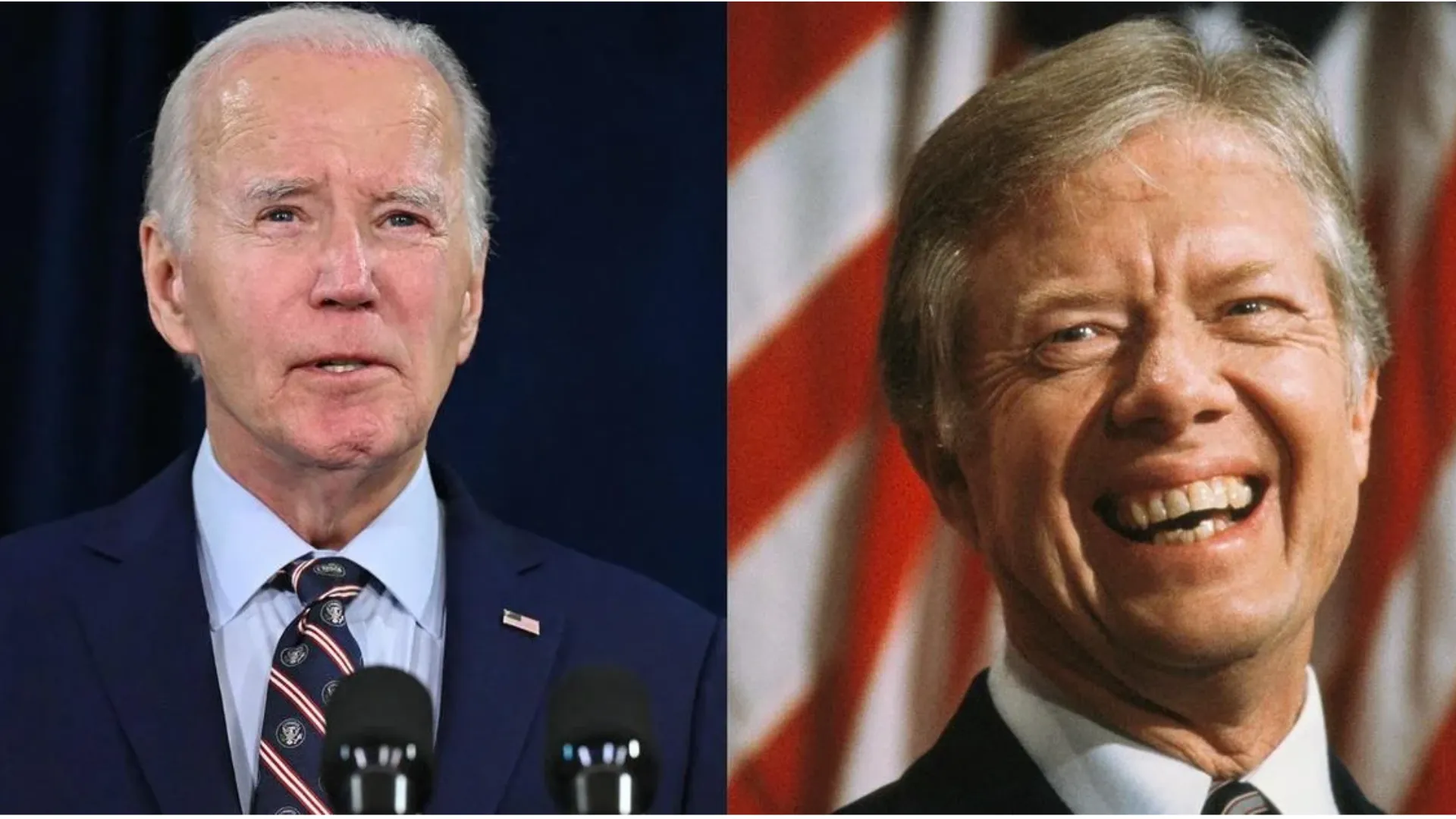
Rafael Nadal’s illustrious 23-year career came to an emotional close as Spain fell to the Netherlands in the Davis Cup quarterfinals. The 38-year-old tennis icon, who holds 22 Grand Slam singles titles, bid farewell to professional tennis in front of an adoring Málaga crowd.
While the defeat may seem like an anticlimactic end to a glittering career, Nadal’s decision to retire on this stage underscores the weight of his journey and his profound connection to the Davis Cup, the sport, and his homeland.
The loss to Botic van de Zandschulp, 6-4, 6-4, was a microcosm of Nadal’s career: a fight against adversity, with the crowd behind him every step of the way. Despite his determination and signature grit, Nadal’s body could no longer match his willpower.
Returning to competition after over three months away due to injuries, the Spaniard was not at his peak form. Yet, his presence alone electrified the Málaga crowd, many of whom shed tears before the match even began, as the Spanish national anthem played and chants of “Rafa!” reverberated through the arena.
Nadal’s decision to retire at this moment highlights his long-standing commitment to Spain and the Davis Cup. His record in the tournament is unparalleled, with a remarkable 29-2 singles record.
His first loss came in 2004, and poignantly, his last match ended in defeat as well, closing what he described as “a full circle.” It’s no coincidence that Nadal chose the Davis Cup for his farewell.
Representing Spain has always held a special place in his heart, and the event provided the perfect setting for him to bid adieu to the sport that has defined his life.

While the loss to the Netherlands might seem like a disappointing finale, it’s emblematic of the challenges Nadal has faced in recent years. Persistent injuries have taken their toll, forcing him to carefully manage his schedule and often withdraw from major tournaments.
His struggles this season have been particularly pronounced, with lengthy absences raising questions about his longevity in a sport that demands peak physical fitness. The Davis Cup, a team event where camaraderie and national pride take precedence, offered a more fitting stage for Nadal’s retirement than the grueling grind of the ATP tour.
Nadal’s emotional farewell ceremony after the match was a testament to his enduring legacy. Standing at center court, surrounded by fans and teammates, he reflected on a career filled with “unforgettable experiences.”
His words, however, focused less on his achievements and more on the people and values that defined his journey. “I just want to be remembered as a good person and a kid that followed their dreams,” he said, encapsulating the humility and work ethic that made him a beloved figure worldwide.
The Dutch upset also demonstrated the evolution of tennis, as players like van de Zandschulp—who had already bested fellow Spaniard Carlos Alcaraz earlier this year—represent the sport’s next generation.
Nadal’s retirement symbolizes a passing of the torch, not just for Spanish tennis but for the global game, as he leaves behind a legacy of resilience, sportsmanship, and an unmatched dedication to excellence.
For Nadal, retiring after a Davis Cup match reflects his unwavering loyalty to Spain and his love for team competition.It allowed him to step away in a setting that celebrated not just his individual accomplishments but also his role as a team player and national hero.
His journey ends not with a final Grand Slam victory but with an acknowledgment of the broader tapestry of his career—a career defined not only by titles but by the values he brought to the game.
In the words of van de Zandschulp, “I think he’s the biggest sportsman here in Spain that ever lived.” Nadal’s retirement marks the end of an era, but his influence on tennis and his legacy as a sportsman will endure for generations.



